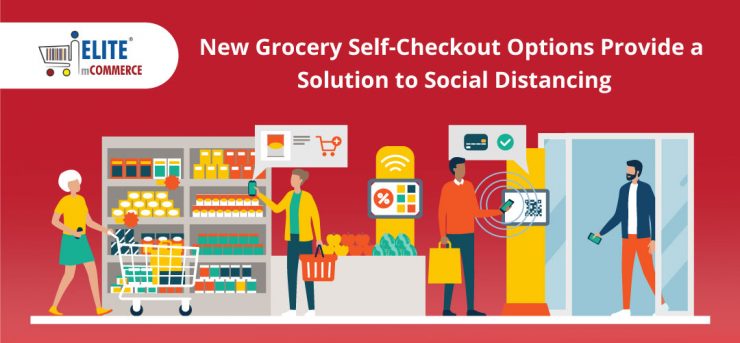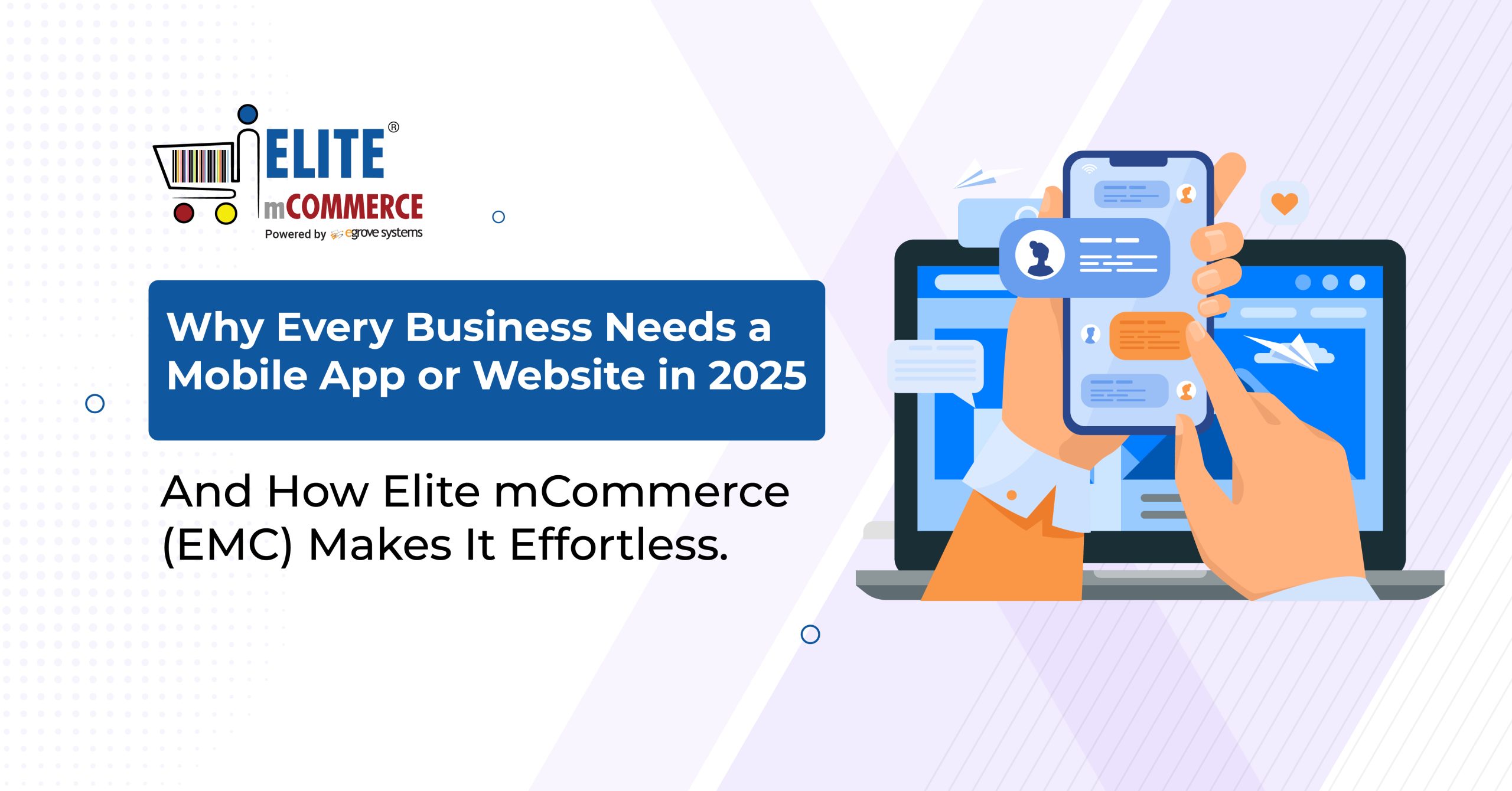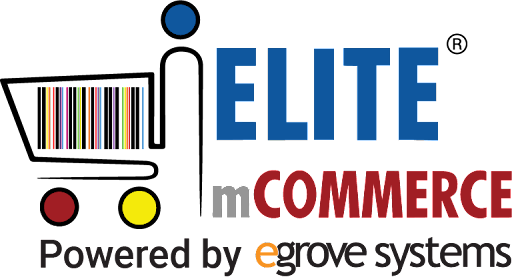Grocery stores have been facing new demands due to the Covid-19 pandemic, needing to stay open as an essential business while doing the most to prevent the spread of infection. Self-checkout services, which have been implemented over the past few years with varying degrees of success, are being evaluated as a way to increase safety for employees and customers. With the introduction of contactless and mobile checkout options, grocery stores are aiming toward new solutions for handling convenient and socially distanced transactions.
Many grocery stores have employed self-checkout for some time. According to RBR, 120,000 units were shipped in 2019, and they predicted global installations to pass 1.1 million by 2025. It offers several advantages: they reduce the number of cashiers needed at a time, let one cashier serve multiple customers at once, and they can speed up checkout for more customers at once. However, some customers may be frustrated by them, especially when checking out greater quantities of items, and they can lead to delays if there is trouble operating the self-checkout systems. They are also less friendly to cash payments, with some types not accepting cash at all. They may also make shoplifting easier.
Self-Checkout in the Pandemic
Customers are visiting grocery stores as often, and sometimes more frequently due to the lack of restaurant food options. They want to be able to get in and out quickly and efficiently now more than ever. Self-checkout has been put forward as a safe option for checkout since it limits the person-to-person contact between the customer and the employees; no one has to handle the groceries or the payment besides the customer.
However, the surfaces of the self-checkout terminal are used by many customers each day, making indirect transmission of disease possible, while store employees would be wearing gloves and other protective equipment. Self-checkouts are being disinfected more frequently, but many retailers are looking to transform them into fully contactless systems.
While most locations use self-checkout as an alternative, Walmart opened a self-checkout-only location in Fayetteville, Arkansas as a test of its effectiveness in response to the pandemic, hoping it will provide safe and rapid service.
Mobile Checkout Apps Simplify Checkout
Several leading grocery and retail chains have created systems for checkout that utilize store-branded mobile apps to reduce or remove the role of a checkout station altogether. Walmart’s membership store Sam’s Club is promoting its existing Scan & Go service on its app as a solution. It lets customers scan UPC barcodes as they shop and check out and pay digitally through the app. When leaving the store, customers can show their digital receipt to employees.
Other grocery delivery app such as Kroger and Wegman’s have apps to scan QR codes on products, letting them add items to their virtual cart as they shop in-store. Adding items to a checkout list as you shop may feel less tedious to customers than doing so all at once. Amazon has experimented with another way to address the amount of work self-checkout places on customers: RFID-tagging on all items so customers can walk out without paying and have items automatically charged to their account. The technology branded Amazon Go is being licensed to other retailers.
Read also :- Improving Contactless Shopping Experience with POS Integration
Online Grocery Ordering and Pickup
Another increasingly popular method of reducing the time spent in grocery stores is online ordering. Grocery stores with mobile ordering apps can let customers fill out their grocery lists on mobile apps and pay online, then pick up quickly in-store or get a curbside pickup. Alternatively, scheduled same-day delivery can be provided by many grocery stores and third-party services such as Instacart. Online orders can easily be completed fully contactless through digital payments.
With the introduction of new technologies, contactless grocery checkout can be done much more effectively. Personal preference of customers must be considered; while some may adapt or even prefer self-checkout, in-store mobile checkout, or remote ordering, it may discourage others from making purchases. Many stores are offering concierge service alongside more advanced and impersonal options to make sure no customers are left out. The variety of solutions offered by customer-driven checkout can create a more frictionless, convenient grocery stores experience in the pandemic.









Add comment